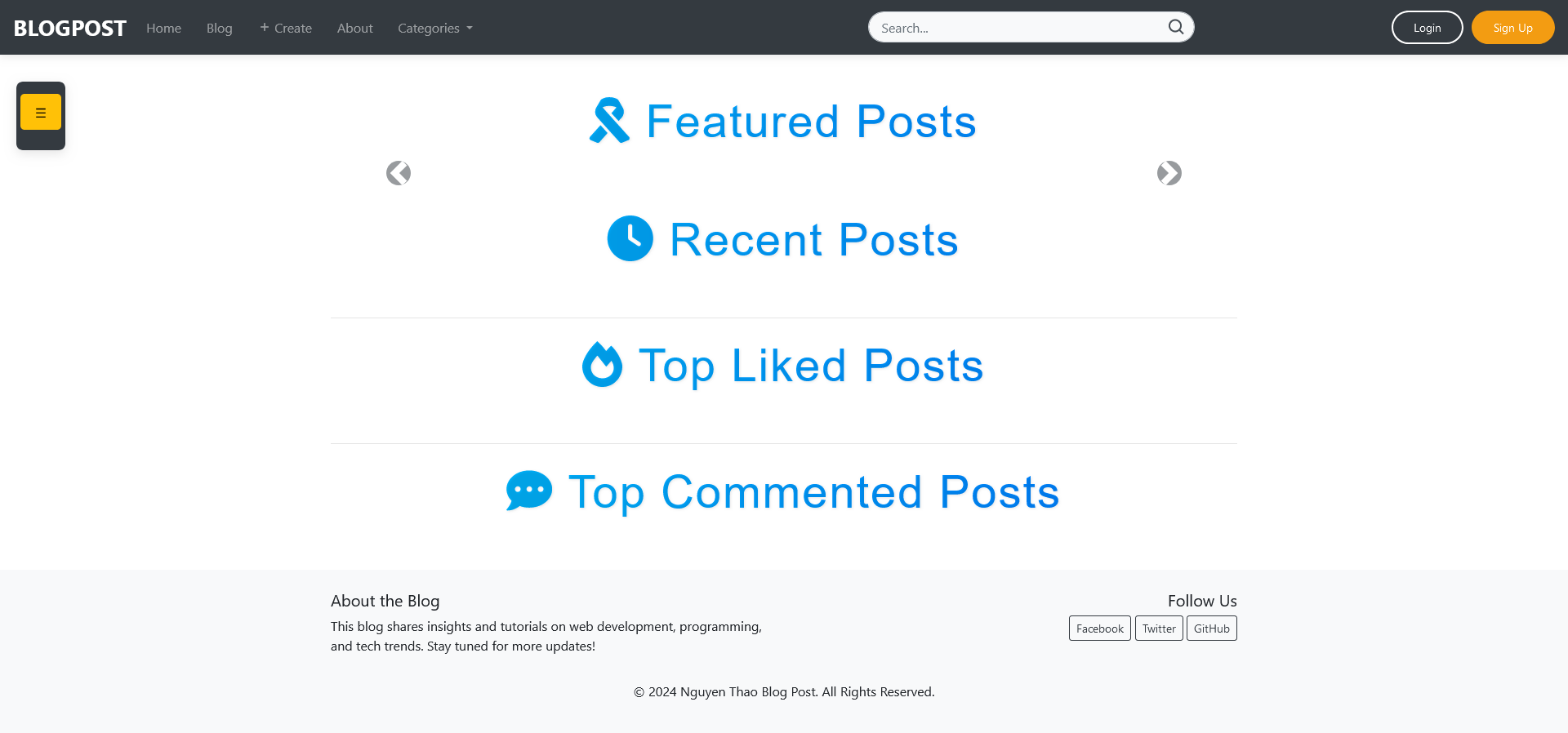The Day I Lost All My Laravel Data: A Painful Lesson in Backups
 Holy_Dev
Holy_Dev
As a first-time Laravel developer, I was excited to see my blog project come to life. It was simple but functional—a proud achievement for someone learning the framework. However, one evening, my excitement turned to dread. All my data was gone. No backups. No way to recover it. Here’s the story of what happened and the invaluable lessons I learned.
What Went Wrong?
It all started innocently enough. I was updating my .env file to add a reCAPTCHA secret key. At the time, it seemed like a minor adjustment, and I didn’t think much about it. Everything was working fine in the morning, so I carried on with my day.
By the evening, when I checked on my blog, I was greeted with an empty application. All my posts, categories, and user data had disappeared. My stomach sank as I realized the problem was much bigger than I thought.
After hours of troubleshooting, it became clear: my database had been wiped clean. I had unknowingly altered the database configuration in the .env file, which led to Laravel connecting to an incorrect or new database. To make matters worse, I hadn’t set up any backups because I assumed nothing could go wrong.
The Impact
Losing all that work was devastating. As someone new to Laravel, this project represented countless hours of effort—designing the database, writing posts, and tweaking features. Seeing it all vanish was disheartening, to say the least.
But the harsh truth was clear: I had no one to blame but myself. Without a backup in place, there was no safety net. All my work was gone for good.
What I Learned
This experience taught me some valuable lessons about development and the importance of being prepared for the unexpected:
Backups Are Non-Negotiable
- If you’re working with important data, always have a backup system in place. Losing everything isn’t just frustrating; it’s a costly lesson in time and effort.
Double-Check Configuration Changes
- Modifying
.envfiles can have unintended consequences. Always verify the database connection settings after making changes, especially in a production environment.
- Modifying
Use Commands with Caution
- Laravel commands like
migrate:freshormigrate:refreshcan drop and recreate tables. They’re useful for development but can be disastrous if used carelessly.
- Laravel commands like
How I’m Preventing This in the Future
Here are the steps I’ve taken to ensure I never face this problem again:
Set Up Automatic Backups
I’ve started using a backup solution to save my database regularly. Tools like Spatie’s Laravel Backup make this easy.Separate Environments
I’ve created separate.envfiles for local, staging, and production environments to avoid accidental misconfigurations.Document Changes
Any changes to configurations or settings are now carefully documented. This ensures I can trace and revert problematic changes.Practice Safe Command Usage
Before running migration commands, I always review their impact. Runningphp artisan migrate --pretendhas become a habit.Use Version Control
While Git doesn’t track databases, having my codebase in Git helps me keep track of other crucial project files, including.env.example.
How to Back Up Your Laravel Database
For anyone wondering how to set up a simple backup, here’s a quick manual method using MySQL:
mysqldump -u username -p database_name > backup.sql
You can also automate this process or use Laravel packages to streamline it.
Conclusion
Losing my Laravel database was a hard lesson, but one I’ll never forget. If there’s one takeaway I hope you’ll remember, it’s this: set up a backup system today. It’s not a question of if something will go wrong—it’s when. Be prepared.
Have you ever lost data unexpectedly? What lessons did you learn from it? Share your experience in the comments—I’d love to hear your story.
💡 Pro Tip: Don’t wait until it’s too late. Back up your database today. Future you will thank you.
Subscribe to my newsletter
Read articles from Holy_Dev directly inside your inbox. Subscribe to the newsletter, and don't miss out.
Written by

Holy_Dev
Holy_Dev
strong desire for learning new things